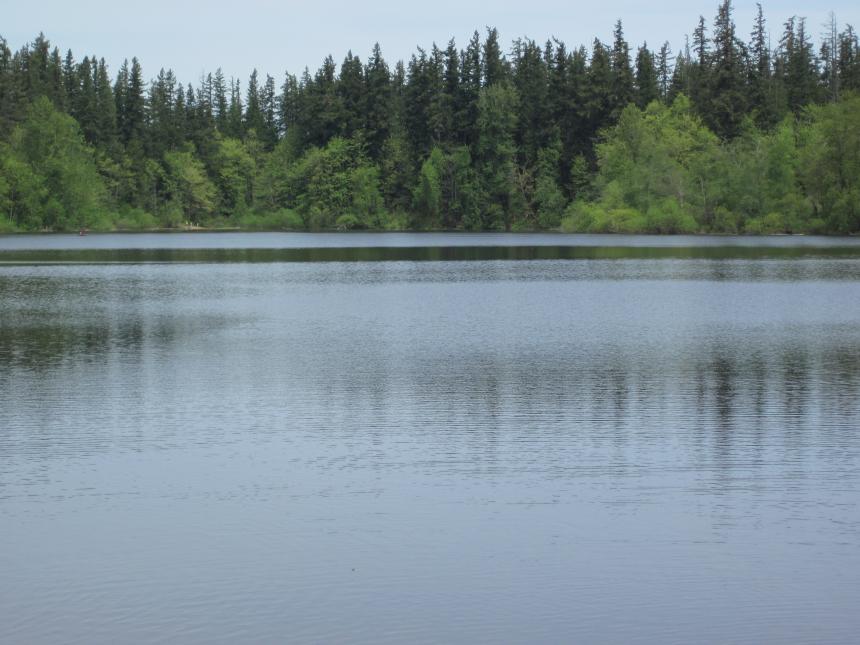The lake is open to fishing, but seasonal park closures may be in effect. Rainbow Trout (stocked), Kokanee, Coastal Cutthroat Trout, Yellow Perch, Black Crappie and Brown Bullhead contribute to the mixed-species fishery. Multiple shoreline areas are available for shoreline fishing from the bank and a small fishing pier, and launching car toppers. This lake is ideal for fishing families as there are many walking trails, picnic tables and grills, and a playground.
Two-pole fishing is allowed
Shoreline access: Good - Nolte State Park
Species you might catch
- Black crappie
- Brown bullhead
- Coastal cutthroat trout (resident)
- Kokanee
- Largemouth bass
- Rainbow trout
- Yellow perch
Lake information
County: King
Acreage: 38.80 ac.
Elevation: 774 ft.
Center: 47.273605, -121.939852
Open in Google Maps
Catchable fish plants
| Stock Date | Species | Number Released | Number of Fish Per Pound | Facility |
|---|---|---|---|---|
Visit the Catchable Trout Plants page for a more detailed search of trout plants in this or other bodies of water. To view or download the source data for this table visit the WDFW Fish Plants dataset on the Washington State Open Data Portal
Fishing prospects calendar
Rainbow trout
Coastal cutthroat trout (resident)
Kokanee
Largemouth bass
Yellow perch
Black crappie
Brown bullhead
Photos
